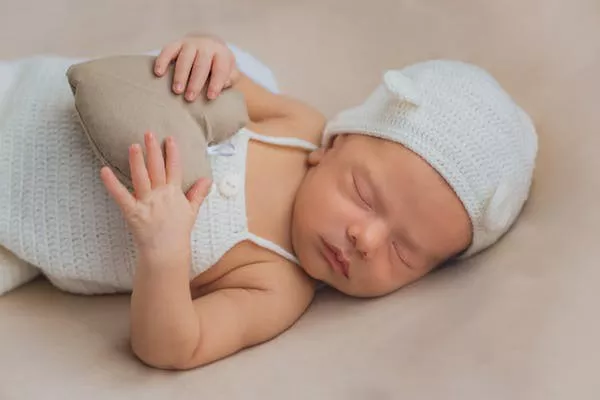When visiting a hospital’s maternity ward, it is common to see newborns adorned with tiny, colorful hats. At first glance, these hats may seem like cute accessories, but they serve a vital purpose beyond aesthetics. Hospitals have long recognized the significance of covering newborns’ heads with hats shortly after birth. In this article, we delve into the reasons why hospitals prioritize the practice of placing hats on newborns and explore the benefits it provides.
-
Maintaining Body Temperature:
One of the primary reasons hospitals put hats on newborns is to help regulate their body temperature. Infants, especially premature or low-birth-weight babies, have limited ability to regulate their body heat. Their heads, which have a larger surface area relative to their body, are particularly vulnerable to heat loss. By covering their heads with hats, hospitals help prevent heat loss through the scalp, providing newborns with an additional layer of insulation. This helps them maintain a stable body temperature, which is crucial for their overall well-being.
-
Minimizing Heat Dissipation:
Newborns have a higher ratio of surface area to body mass compared to older children and adults. Consequently, they are more susceptible to heat dissipation through their heads. By wearing hats, newborns experience reduced heat loss through the scalp, which is a significant area for heat dissipation. Keeping their heads covered helps prevent excessive cooling and ensures that their bodies can devote energy to growth, development, and other essential functions.
-
Protection from External Factors:
Hospitals also use hats as a means of shielding newborns from external factors. The delicate skin on a newborn’s scalp is sensitive and easily irritated. Hats provide a protective barrier against dust, drafts, and other potential irritants in the hospital environment. Furthermore, hats can help shield newborns from bright lights, which may be overwhelming to their developing visual system. By providing this added layer of protection, hospitals create a more comfortable and secure environment for newborns.
-
Encouraging Maternal Bonding:
Placing a hat on a newborn’s head can contribute to the bonding process between mother and baby. Hospitals recognize that the scent of the mother, imprinted on the hat, can provide a familiar and comforting presence for the newborn. This scent can help establish a sense of security and promote maternal-infant attachment. Additionally, hats can serve as a physical reminder of the baby’s birth, providing a keepsake that holds sentimental value for families.
-
Facilitating Identification and Care:
In a busy hospital setting, where numerous newborns are cared for simultaneously, hats play a practical role in facilitating identification and care. The hats often have unique colors or patterns that help distinguish one baby from another. This aids healthcare professionals in ensuring that each newborn receives the appropriate medical attention, medications, and care specific to their needs. By using hats as a visual marker, hospitals can streamline their processes and maintain accurate records for each newborn.
Conclusion:
The simple act of placing hats on newborns in hospitals holds significant benefits and serves various purposes. From regulating body temperature and minimizing heat loss to providing protection and facilitating identification, hats play a vital role in the care and well-being of newborns. Additionally, they contribute to the bonding process between mothers and their babies, offering comfort and familiarity during this critical period.
Next time you see a newborn wearing a hat in a hospital, remember that these seemingly small accessories serve an essential purpose in supporting the health, comfort, and development of these precious little beings. Hospitals recognize the value of this practice and continue to prioritize the use of hats to ensure the best possible start in life for newborns.


